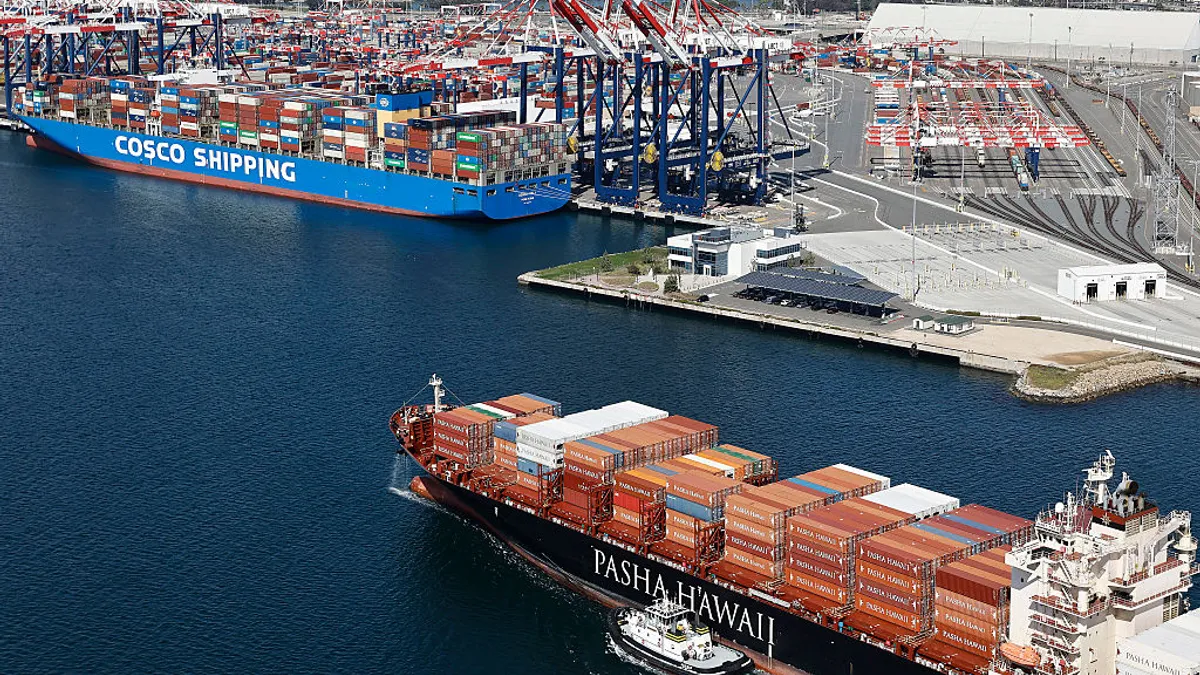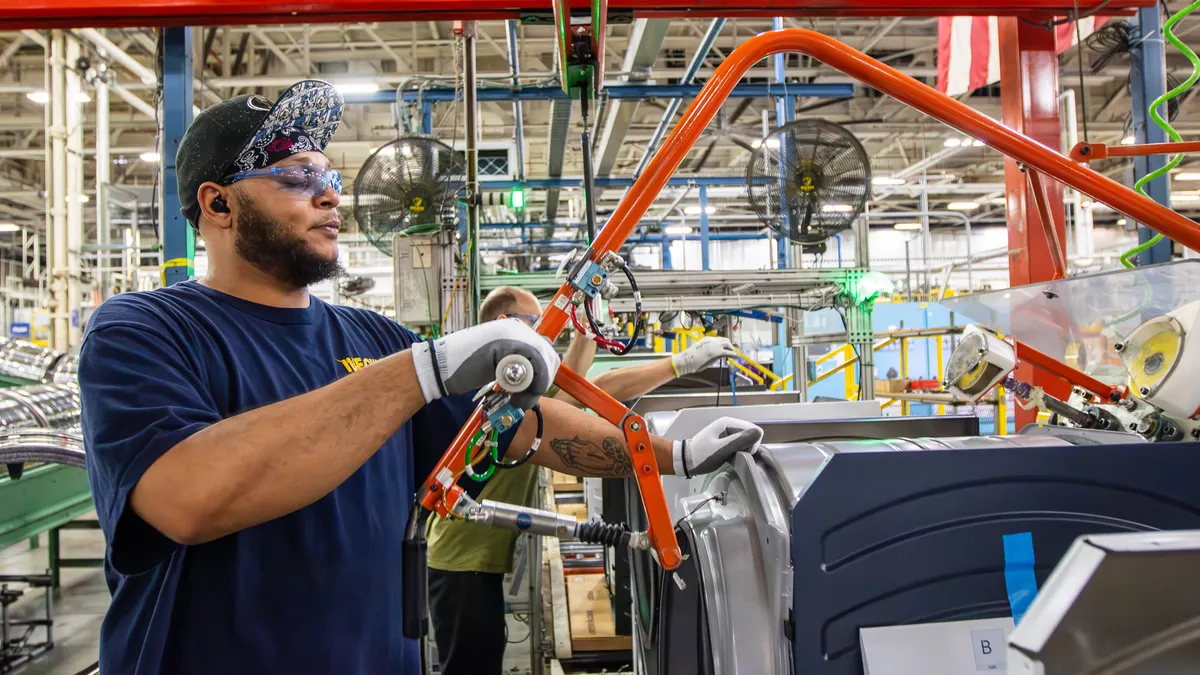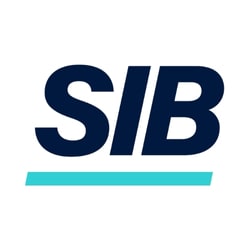Editor’s note: Adam Reilly is a national managing partner at Deloitte, the Big Four accounting and consulting firm, where he focuses on mergers, acquisitions and restructuring services. Views are the author’s own.
In early Q2, the United States implemented or proposed new tariffs targeting a range of imports, particularly from China and select other countries, as part of ongoing trade policy adjustments.
Amid these unpredictable trade policy changes, potential geopolitical pressures, and evolving regulatory shifts, the mergers and acquisitions landscape is expected to fluctuate and remain complex in the near term. These dynamics are opening up real and new possibilities for strategic value creation and growth.
While the M&A market perhaps didn’t get off to as fast a start as dealmakers had hoped for 2025, at the midway point of the year, we are seeing steady activity with deal value increasing 12% YoY, while total U.S. volume increased 2% YoY. Not to mention, globally private equity has about $3.8 trillion in dry powder to shop for companies around the world.
Yet, given the lack of predictability, some dealmakers are opting for a wait and see approach and, in some cases, have paused deal activity entirely. On the other hand, we have seen leading dealmakers in the marketplace increasingly move from the reactive to proactive.
In practice, this involves embracing strategies to gear up and take advantage of the volatility – completing beneficial deals while the competition remains idle. While it’s understandable that many dealmakers are pausing M&A and trying to predict where trade policy goes next, these are instincts to try and resist. Rather, the opportunity is to pivot or do things a bit differently in these uniquely volatile times. Findings from Deloitte’s 2025 M&A Trends Survey reveal, at minimum, there are three ways to do that.
Pursue growth across new borders
Depending how long and how deep tariffs may persist, this may prompt companies to diversify their operations or expand into new markets to reduce their reliance on tariff-affected regions.
Deloitte’s 2025 M&A Trends Survey found at least 85% of corporate and private equity leaders have cross-border dealmaking near the top of their to-do lists this year. Chief among respondents’ reasons for the heightened interest in foreign markets is market expansion and access to technology.
Further, when asked which foreign markets are the primary focus of deal targets, U.S. dealmakers indicated they are increasingly choosing to keep deals closer to home, in more developed and stable markets — Canada, Mexico or in Europe, for example—to shorten supply chains and reshore production.
This diversification strategy may involve acquiring companies in countries with more favorable trade conditions or establishing partnerships to navigate complex trade environments.
Explore nontraditional financing
With longer than expected higher interest rates, many buyers have gotten priced out of bank loans and bond markets to finance acquisitions. Conversely, PE buyout funds are under pressure to exit investments and seeking ways to put capital to work. The result: a growing enthusiasm for a private credit market to fund deals.
While not a new approach, there is steady and growing interest from finance leaders to pivot away from traditional debt to other innovative approaches. When asked, 52% of private equity execs revealed they are tapping non-bank lenders to finance deals in the past year or planning to do so this year — a 5% increase from 2024. This approach to lending is likely to stay with the flexibility and speed of using private credit having lasting appeal.
Embed technology in dealmaking
Finance leaders have made real progress in solidifying their efforts around digital transformation. According to Deloitte’s 2025 M&A Trends survey, nearly all corporate and PE executives report having digitally enabled “completely” or “Almost completely” all stages of the M&A life cycle. Areas like target identification; target screening; and integration have risen substantially in terms of digitizing deal processes.
This isn’t surprising given the complexity of M&A deals. We’re also seeing leaders activate around GenAI in three specific ways — first in how they use the technology in the deal process; second in which deals to pursue in acquiring AI and GenAI capabilities and assets as well as divestiture of business models vulnerable to AI disruption, and thirdly, in how to realize potential synergies to post deal cost structures that could be obtained via GenAI.
Don’t worry about volatility, find value
Deloitte surveyed 1,500 U.S.-based corporate and private equity professionals in late 2024 to gauge their expectations for M&A activity in the following 12 months and learn more about their experiences with recent transactions. This research revealed three ways leading M&A teams have devised new strategies to capture value amid current risks and uncertainties, rather than stand by and wait.
Indeed, value realization is the biggest opportunity in the current environment. Today, risks and challenges may present more attractive opportunities for those acquirers with cash on hand and other means to finance deals to “buy the dip.” Corporates and private equity funds should stay agile and watch for narrowing bid-ask spreads —signaling better value than we've seen in recent years.
The bottom line? The past few years have increased M&A volatility and that continues to persist. But for dealmakers that are looking to accelerate dealmaking in today’s atmosphere and seize value now, the opportunities are increasingly available so embracing flexible and agile approaches will be essential.



















